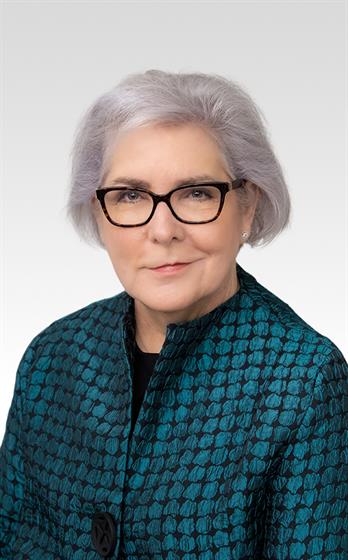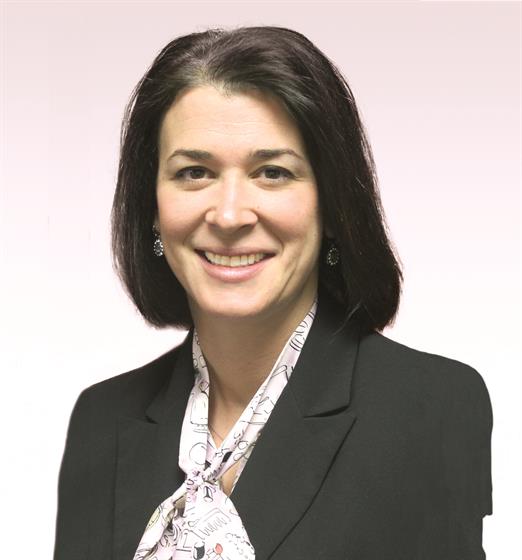Hands-on, Practical Guidance for Educators
From math,
literacy, science, equity, multilingual learners, and SEL, to assessment, school counseling,
and education leadership, our books are research-based and authored by experts
on topics most relevant to what educators are facing today.

Bestseller!
The PLC+ Activator’s Guide
First Edition
The PLC+ Activator's Guide offers a practical approach and real-life examples that show activators what to expect and how to navigate a successful PLC journey.
Product Details
- Grade Level: PreK-12
- ISBN: 9781544384047
- Published By: Corwin
- Year: 2020
- Page Count: 176
- Publication date: April 23, 2020
Review Copies
Review copies may be requested by individuals planning to purchase 10 or more copies for a team or considering a book for adoption in a higher ed course. Request review copy






